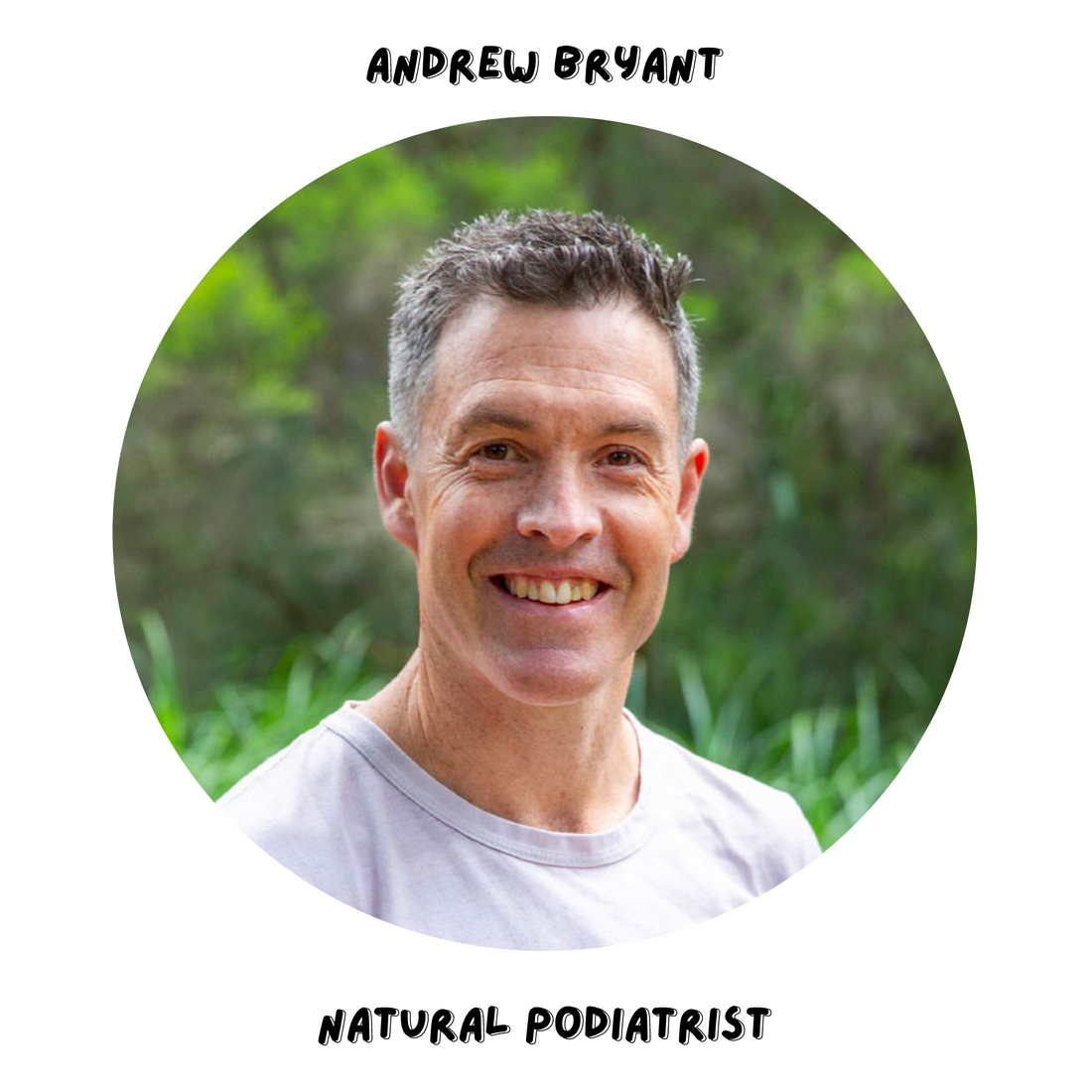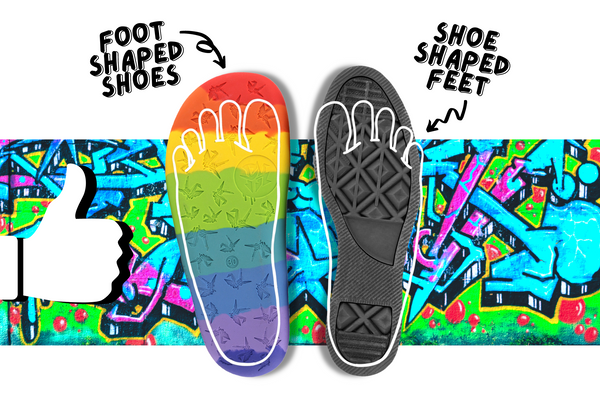
BAREFOOT SHOES: An (enlightened) Podiatrist's Perspective
Share
Maybe we as podiatrists would be out of a job if children were never put in conventional footwear?

When babies start to walk and become toddlers the advice from everyone (podiatrists, physios, paediatricians, GP’s, maternal/child health care nurses and grandmothers!) is that IF shoes are necessary, make them wide, thin, flat and flexible.

This is said to ensure foot strength, balance, and proprioception (sense of where we are in space) all develop optimally. The main purpose of shoes in this instance is to provide some level protection against sharp surfaces, hot and cold.

Once children turn 3, the advice from all of the above suddenly changes to the foot needing arch support, a stiff backed heel, cushioning and a firm sole.
Almost as if the foot has finished it’s developing by that age…

In truth, the child’s foot doesn’t finish its development until the end of puberty, probably even beyond then. We don’t expect to see any inside arch formation prior to 6 years of age and even then the whole concept that our feet need a visible arch is flawed. Our feet are all as individual as our eye colour and just as with other parts of our body, the way they look has very little to do with how they function, whether they’ll be at risk of athletic injury or whether they’ll give us trouble later on in life.
I notice that the human foot actually never stops developing as a reaction to its environment. When I see older clients exploring less structured and more spacious footwear, like their toddler counterparts, foot strength, mobility, agility and balance improves. As do their supposedly genetic bunions and recalcitrant ingrowing toenails and corns etc. Amazing what can happen when we give the feet room to move.

Much of what we see in conventional footwear are products of cultural beliefs, expectations and rituals. A pointy toe for the foot to seem more elegant compared to a manual worker's broad foot. A heel to help one feel taller and slimmer…

These design attributes are the main culprits causing many foot problems and referred pain to other areas of the body, that we as podiatrists (and other health professionals) are enlisted to assist with.

Cushioning for a 60’s running boom that saw unskilled office workers get up and jog for fitness, with poor technique leading to injury. Rather than educate about technique we saw shoe companies accommodate the poor skill with highly cushioned shoes.
Now we find all of these things in all of our conventional shoes, for adults and kids alike.
Simultaneously the podiatry profession has boomed as we’ve diagnosed almost everyone with something inherently wrong with the way they’re made and move and quickly prescribe more support, cushioning and orthotics…
And so you might now understand that a podiatrist’s job may well be in jeopardy if we never changed our toddlers from wearing these wide, thin, flat and flexible shoes…

Written by Andrew Bryant
Andrew Bryant is a Melbourne based Podiatrist specialising in Natural Podiatry, promoting the barefoot lifestyle.
Visit www.melbournenaturalpodiatry.



